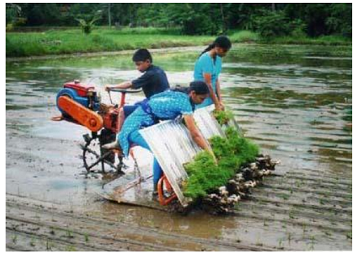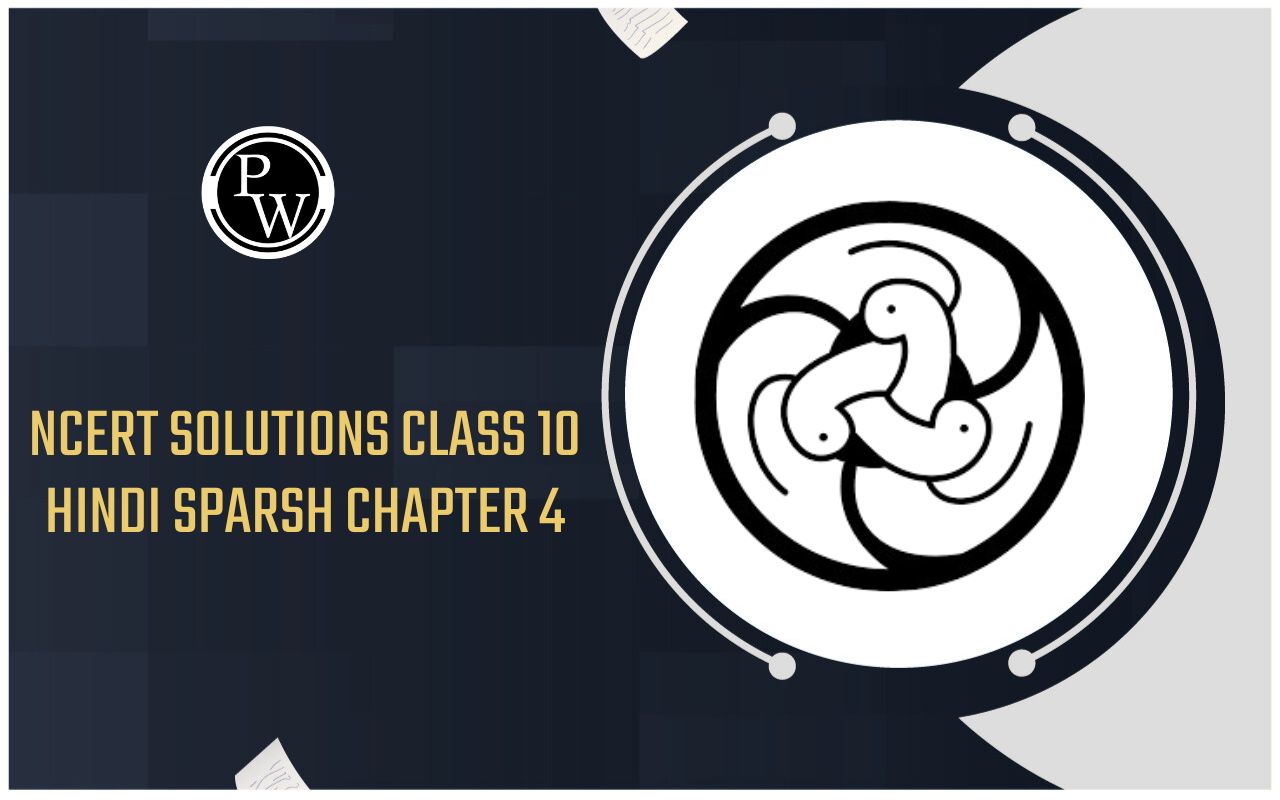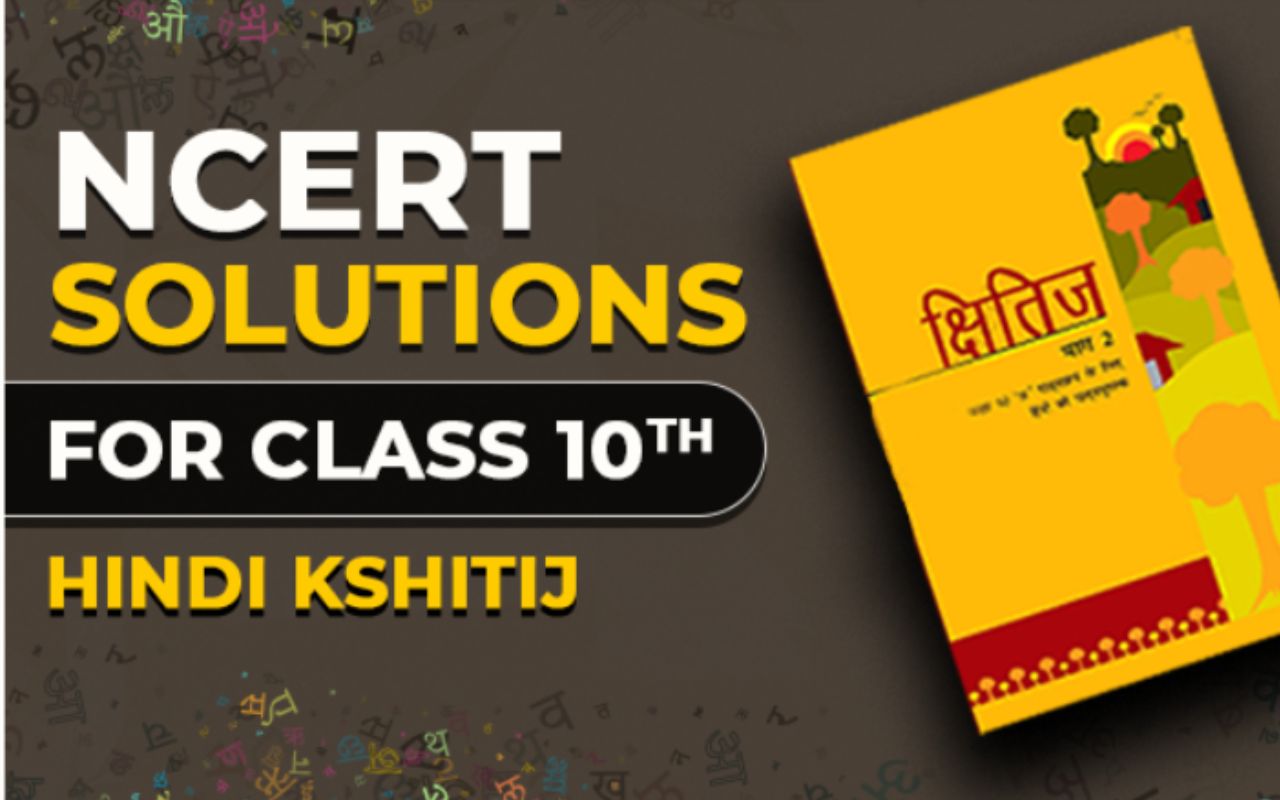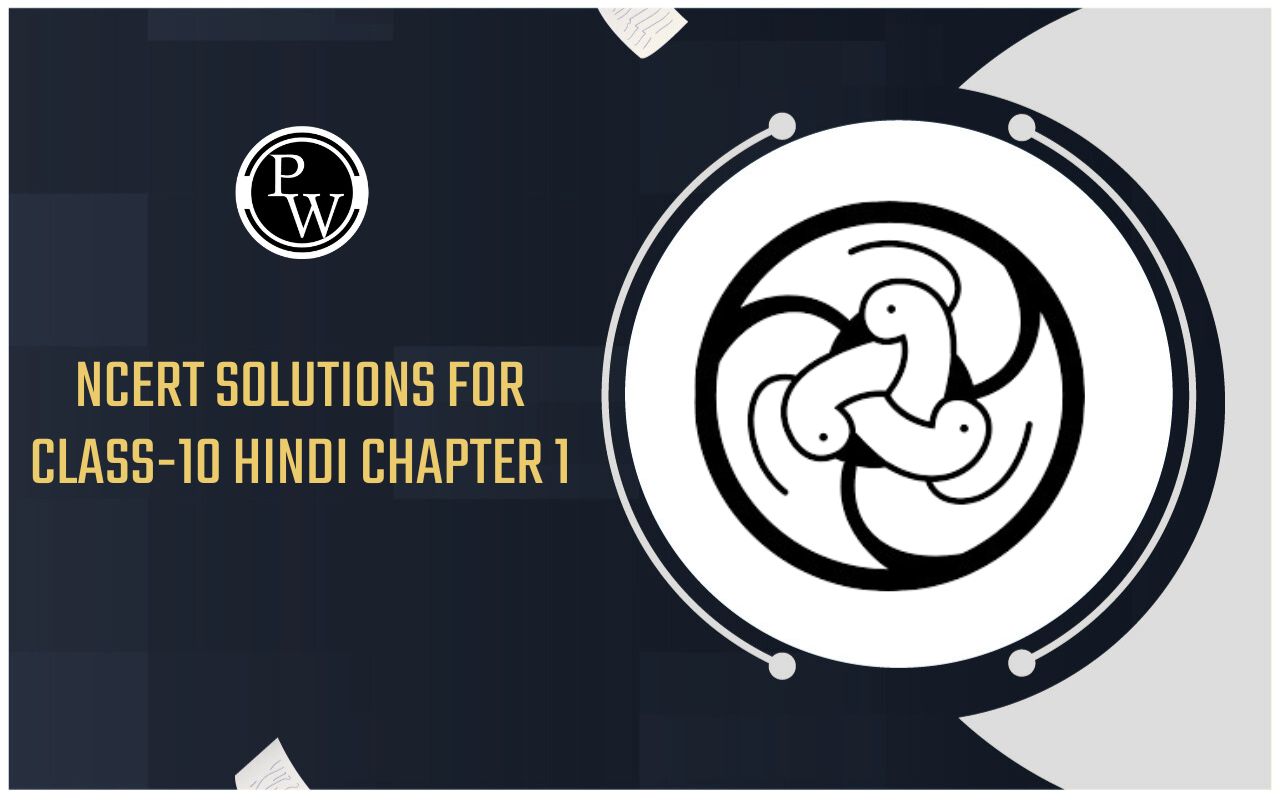
Introduction
Crop production and managements of Class 8
Agriculture also called farming or husbandry is the cultivation of animals, plants, fungi, and other life forms for food, fiber, biofuel and other products used to sustain life. Agriculture was the key development in the rise of sedentary human civilization, whereby farming of domesticated species created food surpluses that nurtured the development of civilization. The study of agriculture is known as agricultural science. Agriculture generally speaking refers to human activities, although it is also observed in certain species of ant and termite.

The history of agriculture dates back thousands of years, and its development has been driven and defined by greatly different climates, cultures, and technologies. However, all farming generally relies on techniques to expand and maintain the lands that are suitable for raising domesticated species. For plants, this usually requires some form of irrigation, although there are methods of dryland farming; pastoral herding on rangeland is still the most common means of raising livestock. In the developed world, industrial agriculture based on large-scale monoculture has become the dominant system of modern farming, although there is growing support for sustainable agriculture (e.g. permaculture or organic agriculture).
Food is the combination of various organic and inorganic substances which is capable of providing
- Energy for the various metabolic activities.
- Materials for repair / replacement of worn-out tissues in the body.
- Materials for growth & reproduction.
- Regulatory substances, body secretions and metabolic activities etc.









